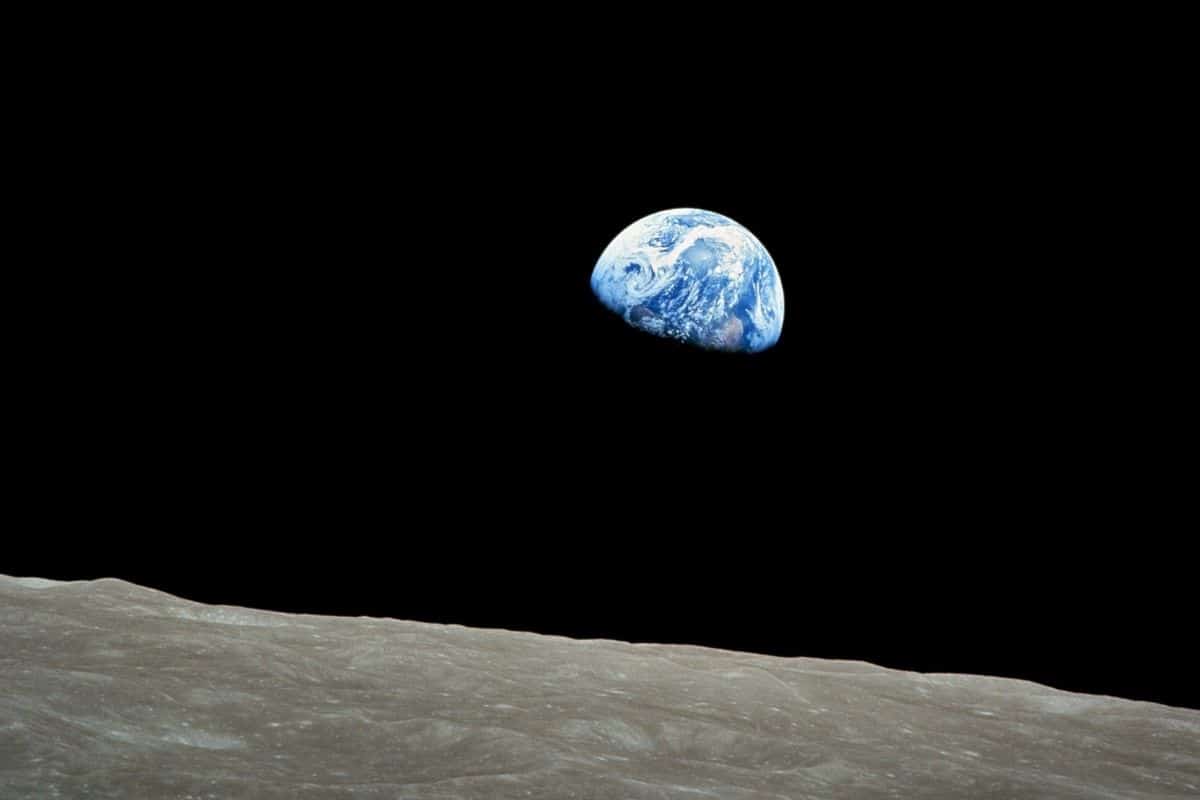

Our planet also has limits. And scientists now show that we’ve crossed one again.
We humans have introduced so many synthetic chemicals and other new, proprietary materials into the environment over the past century that we have exceeded the limits of our planet. And with that we also endanger ourselves – as inhabitants of that planet – again. Researchers come to this conclusion in the magazine Science and Technology.
Planetary Boundaries
The study builds on a 2009 study in which scientists set limits on nine processes and systems on Earth that together dictate the stability of the Earth system as a whole. Within those limits lies our leeway: as long as we stay below the established limits, the earth as a whole will not undergo major man-made changes and we can continue to make sustainable use of everything the earth has to offer us.
Climate change
Over the past 10,000 years, humans have stayed neatly within those boundaries most of the time. But especially in the last centuries we see that changing. People are increasingly putting their stamp on the processes and thus altering the stability of the Earth system. The climate change prompted by our greenhouse gas emissions is, of course, a textbook example of this. For nearly 10,000 years in a row, the CO2 concentration in the atmosphere has remained within the safe limits set by the scientists. But since the industrial revolution, the CO2 concentration has exploded and those safe limits have been exceeded and we see the temperature rise worldwide.
Five out of nine
In addition to the CO2 concentration, however, there are eight processes that we humans can influence, so we must be vigilant to stay within safe limits. Namely: loss of biodiversity, the nitrogen and phosphorus cycle, the hole in the ozone layer, acidification of the ocean, water scarcity, land use, chemical pollution and aerosols in the atmosphere. We’ve already messed with three of these processes too much; similarly, the limits of biodiversity loss have already been exceeded. We have also already removed too much nitrogen from the atmosphere and changed land systems (such as forests) on too large a scale. As a result, a total of four of the nine planetary boundaries have now been exceeded. But now we can add a fifth to that. “At the rate at which societies produce new chemicals and other new materials and release them into the environment, we are not staying within safe limits for us as humanity,” said study researcher Patricia Villarubia-Gómez.
Qualify
And that’s news. Because although researchers stated in 2009 that chemical pollution is also a process that affects the stability of the Earth system, they failed to determine where humanity stood in that area. Gómez and colleagues have now investigated this and must therefore conclude that we have also crossed the boundaries of our planet. “Since 1950, the production of chemicals has increased fiftyfold,” said Villarubia-Gómez. There are now an estimated 350,000 different types of man-made chemicals on the market, ranging from pesticides and industrial chemicals to antibiotics and plastics. They are all new, man-made substances of which we have little or no knowledge of what effect they have on the earth system and of which large quantities end up in the environment every year.
Negative impact
And it is becoming increasingly clear that many of these substances and materials have a major impact on the environment. “Some of these pollutants can be found worldwide – from the Arctic to Antarctica – and are extremely long-lasting,” said researcher Carney Almroth. “We also have overwhelming evidence that they are negatively impacting the Earth.” We are all familiar with the images of sea creatures that have become entangled in plastic or have large amounts of plastic in their stomachs. But the chemicals do not only affect biodiversity, the researchers emphasize. For example, to make plastics, fossil fuels are needed, which in turn exacerbates the climate problem. And (micro)plastics also pollute drinking water and land. “The overuse and abuse of plastic has a devastating impact on planetary health,” Almroth said.
And that is why measures must be taken, according to the researchers. Just as we are reducing our emissions, we also need to take a critical look at the use of pollutants and reduce them significantly where possible. “It is also very important to make the transition to a circular economy. That means using materials and products that can be reused and designing chemicals and products that can be recycled and also taking a more critical look at whether chemicals are safe and sustainable across the board.”
Source material:
“Safe planetary boundary for pollutants, including plastics, exceeded, say researchers” – Stockholm Resilience Centre
Image at the top of this article: